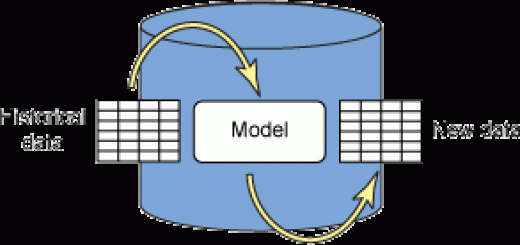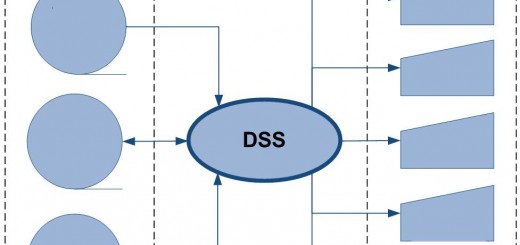Rice is a strategic commodity which holds an important role in maintaining national stability. Rice is needed by the majority of people in Indonesia, which currently are about 220 millions of people, and rice farming has been a major income source for at least 25 million farmer households, these are why rice is a strategic commodity. When the availability of rice is low or the rice of price rise, national stability is threatened by people’s anxiety.
The process of people’s need of rice fulfillment is a system of supply chain, start with producer (rice farmers), to distributor (private rice merchants and BULOG), up until consumer as the primary members. The rice supply chain also involves several government institutions as the secondary member to regulate the supply chain activity. The performance of this supply chain will also determine the national stability. The role of government policies is needed in sustaining the quality of the national rice supply chain system. There are needs of research to model the influence of government policies to the system performances so system performances can be improved.
Through system dynamics modeling, the influence of each government policy to the system performance can be simulated. The key performance indicators are rice availability, rice price stability, farmer’s income rate, and the amount of budget or subsidy from the government. The model which has been developed can represent the rice production mechanism by farmers, which next will be bought by private merchants and BULOG. The next process is rice distribution to the market, where the consumer can buy the rice to fulfill their needs. The model can also represent how the market mechanism works in the rice price determining process in the market, and gabah price determining process in producer.
With the current condition, simulation has shown that the performances of the national rice supply chain system for 2008-2015 period are as these: the average of rice availability is 88.1%, the average difference of rice price increment with inflation is 1.34%, the average of farmer’s income improvement is -4.64%, and the average amount of budget or subsidy from the government is 28.23 trillion rupiahs where the allocation of the budget is bigger for consumer than for farmers with the average of difference is 46%. Three scenarios have been set where every scenario were able to improve rice availability, farmer’s income rate, and government budget or subsidy. Only one scenario was able to improve the rice price stability performance, where the other two scenarios only made the price stability even worse.
rahmaputro-nur-bahagia-national-rice-logistics-system-policy



Recent Comments